Curious Questions: Does a blue plaque make your house more valuable?
London’s multiplying Blue Plaques certainly add interest, but do they affect property values? Eleanor Doughty investigates.
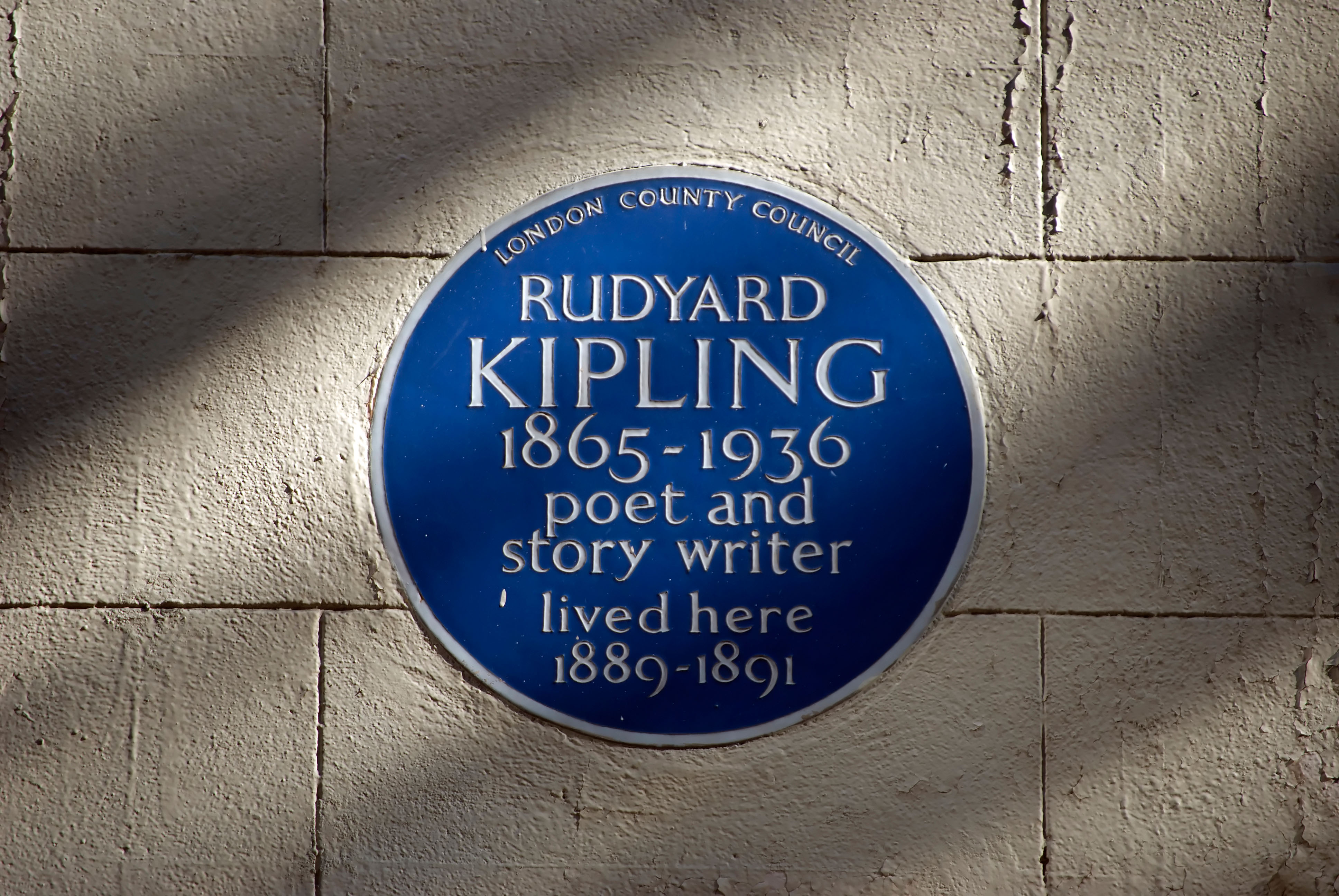
Look skywards on any of London’s most charming streets and you just might spot a Blue Plaque. These coveted ceramic accessories, commissioned by English Heritage and part of a scheme that started in 1866, today number 945. In February, a new batch was announced, commemorating Bob Marley, novelist Angela Carter, diplomat Gertrude Bell and war correspondent Martha Gellhorn among others.
But what of the streets and houses they adorn? There are 83 Blue Plaques in SW1, 47 in W8 and 10 in N1. In Lambeth, you’ll find 26, from The Elms on Clapham Common North Side, once the home of architect Sir Charles Barry, to 15, Glenshaw Mansions in Kennington, where Charlie Chaplin lived from 1908 to 1910.
Some are in ordinary, residential neighbourhoods – such as 13, Pendennis Road in Streatham, south London, once the home of the composer Sir Arnold Bax, around the corner from which is now a cinema and a popular independent bakery.
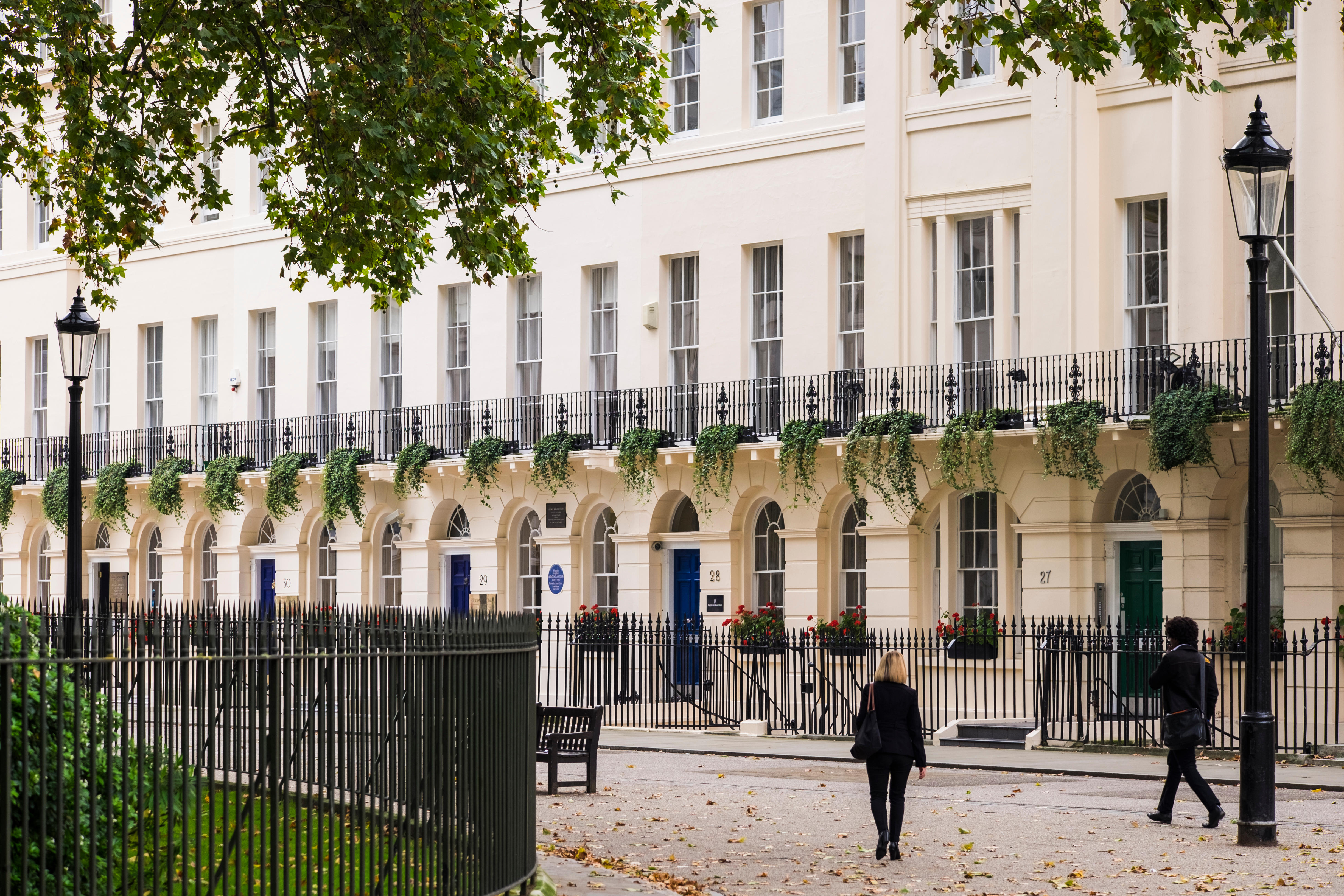
However, most are found in central London – in the West End, Kensington and Westminster, the places where the great and the good lived and worked. It stands to reason, then, that these properties will attract higher prices, plaques aside – the average property value in W8, with its 47 Blue Plaques, is £2,316,770, according to Foxtons. On Campden Hill Gardens, another two-bedroom flat is for sale through John D. Wood for £975,000, testament to the area’s healthy prices.
On Elsworthy Terrace in Primrose Hill (NW3), where the botanist Agnes Robertson Arber lived from 1890 to 1909, a two-bedroom flat is on at £1.35 million with Chestertons. Conversely, at nearby Kings College Court, on plaqueless Primrose Hill Road, another two-bedroom flat is for sale at a guide of £2.85 million with Savills.
Do Blue Plaque properties really command more cash? Not according to agents. ‘Given the varied nature of Blue Plaque properties, it’s hard to give any evidence that people are paying a premium,’ says David Lee of Pastor Real Estate (020–3195 9595).
Instead, it’s about the social, cultural and historical cachet. ‘A Blue Plaque may not mean more value, but it adds credibility to a property in terms of authenticating its history and certain buyers, particularly from overseas, are attracted to the history of a house,’ explains Marc Schneiderman of Arlington Residential.
Exquisite houses, the beauty of Nature, and how to get the most from your life, straight to your inbox.
They can also be useful in terms of marketing, says Brendan Roberts of Aylesford International.
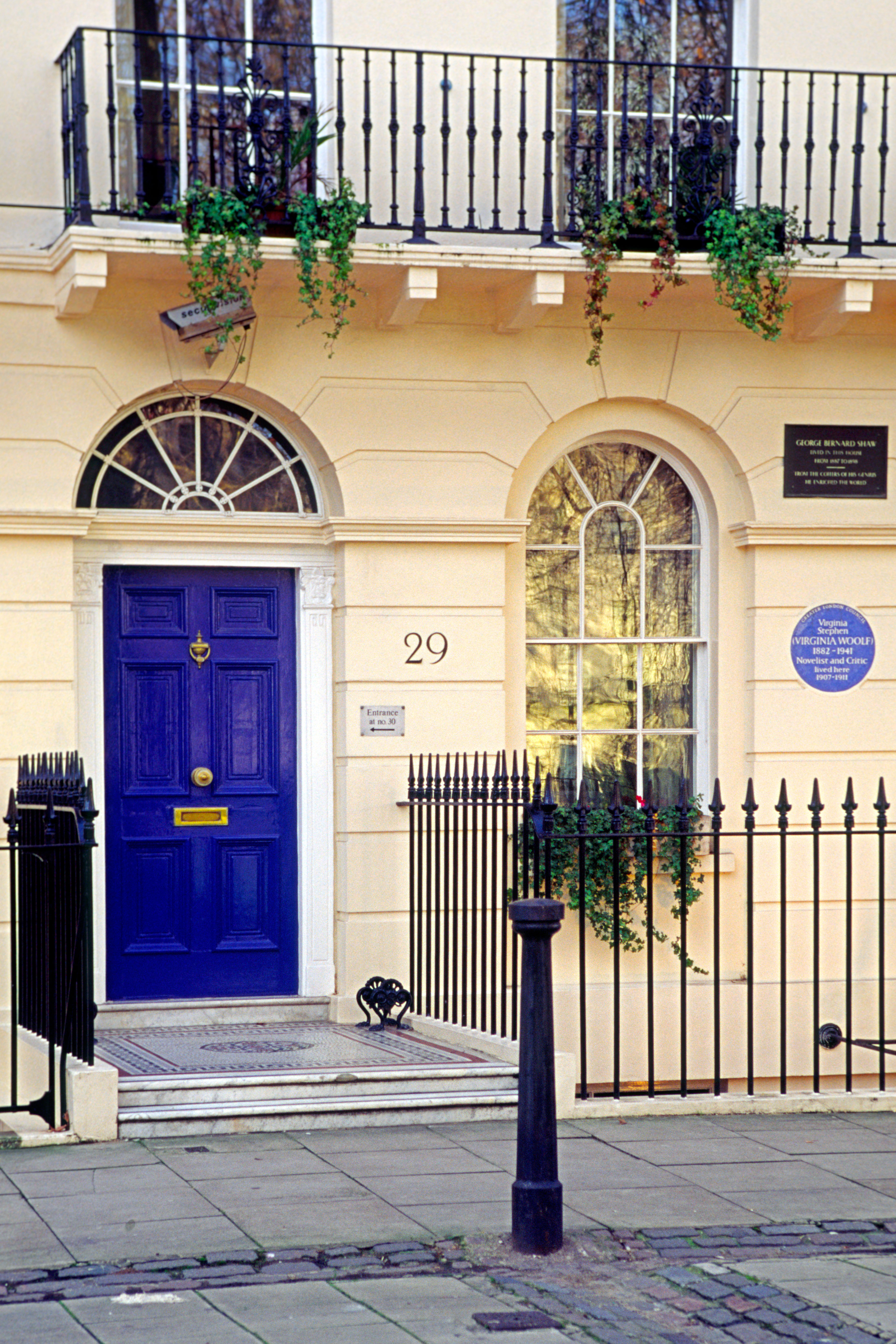
For plaque-watchers, some streets have more potential than others. Savile Row (W1), for example, has four, as does Hyde Park Gate (SW7). Eaton Square (SW1) boasts
five, two for Prime Ministers Stanley Baldwin and Neville Chamberlain. Gloucester Square (W2), between Paddington and Marble Arch, has two at numbers 35 and 43, commemorating engineer Robert Stephenson and the politician Violet Bonham-Carter.
On Hanover Terrace (NW1), at the edge of Regent’s Park, nos 10 and 11 both have Blue Plaques, for the composer Ralph Vaughan Williams and country-house restorer Anthony Salvin.
No 29 Fitzroy Square (pictured above) off Euston Road, today home to a firm of chartered accountants, has two – one for playwright George Bernard Shaw and the other for Virginia Woolf, who complained about the vans ‘which grind rough music beneath my window’. There’s currently a three-bedroom flat on next-door Conway Street on the market with Druce for £1.35 million.

Despite their modest size and appearance, Blue Plaques pack a cultural punch. The histories they trigger are captivating – think of Sir Alexander Fleming’s life at 20a, Danvers Street (SW3) or that of the polar explorer Sir James Clark Ross, dubbed ‘the handsomest man in the Navy’, at 2, Eliot Place (SE3). What did they do there? One can only imagine.
Sometimes, these events might be mundane. Rudyard Kipling only lived at 43, Villiers Street (WC2) from 1889 to 1891 and described it thus: ‘The Charing Cross trains rumbled through my dreams on one side, the boom of the Strand on the other, while, before my windows, Father Thames under the Shot tower walked up and down with his traffic.’
Was he able to concentrate on his writing in this busy street, the cut-through from the Strand to Embankment Tube station, where, on summer evenings nowadays, merrymakers spill out of Gordon’s Wine Bar?
Regardless of whether they command any price premium, it’s this sense of place that makes living in a Blue Plaque building really invaluable.
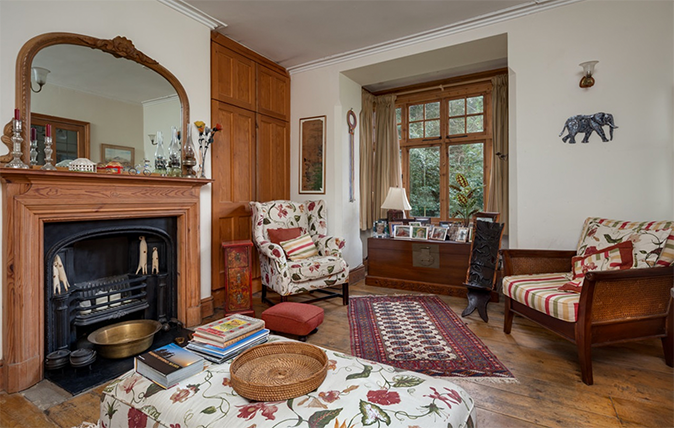
Credit: Orchard House where Rupert Brooke lived
The house where Rupert Brooke lodged and took tea in the garden goes under the hammer
The poet Rupert Brooke lodged at Orchard House from 1909–11 and often took tea in the beautiful orchard.

The charming London rus in urbe once owned by Dame Laura Knight
The first woman to be elected a full member of the Royal Academy lived at 16, Langford Place.
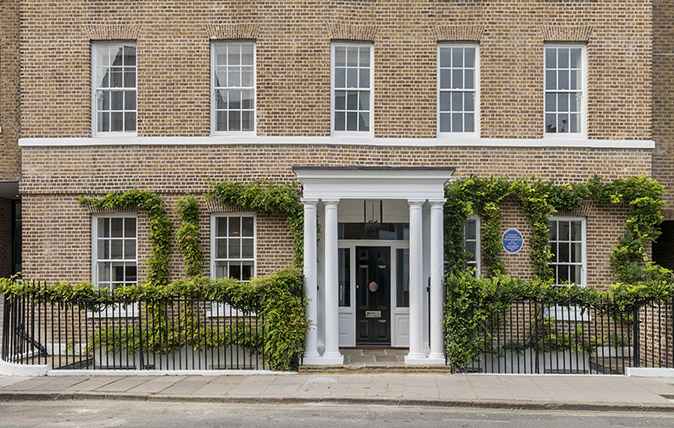
Virginia Woolf's exquisite Richmond townhouse comes up for sale
Virginia Woolf’s former home and birthplace of the Hogarth Press has been converted into two exquisite townhouses in the centre
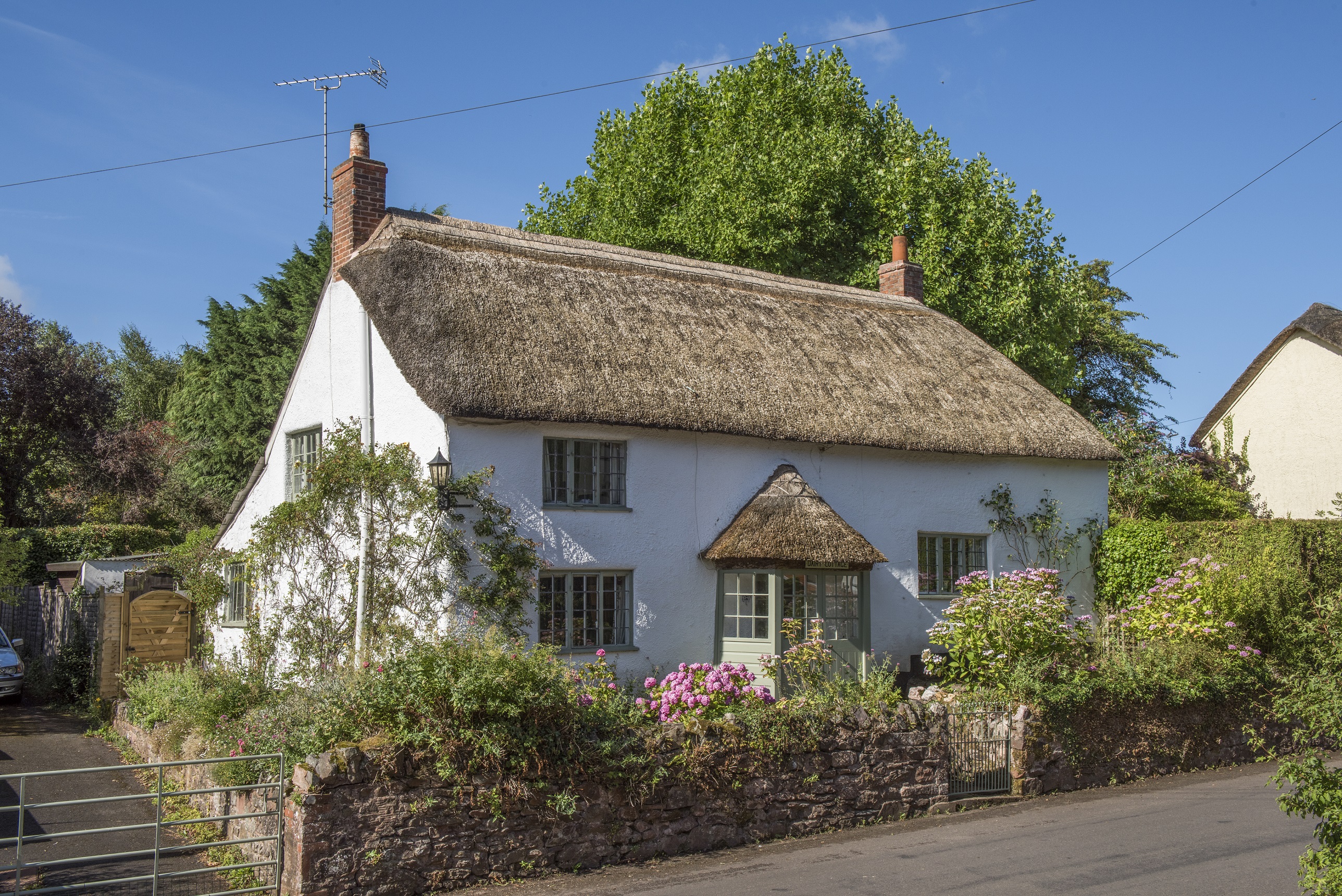
Credit: Jackson-Stops
Six heartbreakingly pretty cottages for sale at under £500,000
You can live in a picture-perfect home for the price of a small city flat – our property editor Annunciata
